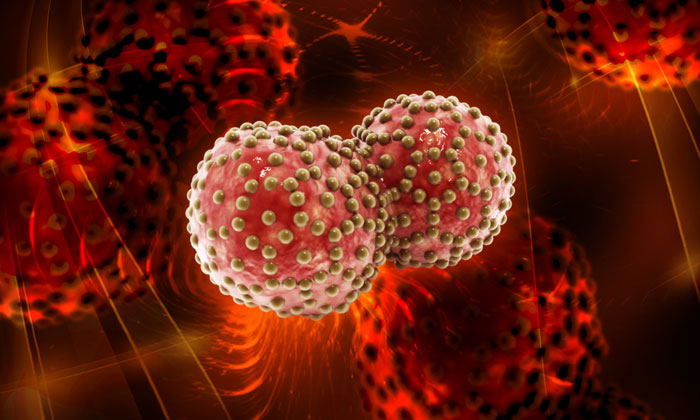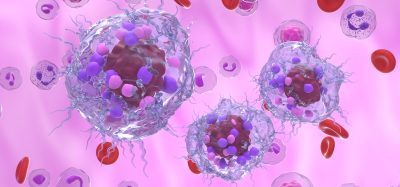New combination treatment enables targeting of non-responsive lung tumours
Posted: 26 September 2024 | Drug Target Review | No comments yet
The newly identified KRAS G12C inhibitor, with SHP2 inhibition, sensitises tumours to immune checkpoint blockade.


A combination of treatments in mice with lung cancer have been assessed by scientists from the Francis Crick Institute, in collaboration with Revolution Medicines. They have demonstrated that these enable immunotherapies to target non-responsive tumours, and that targeting tumours in different ways simultaneously may improve response to treatments.
A combination of tool compounds in mice with lung cancer were tested. These compounds were used to represent targeted drugs which block KRAS G12C, which have been approved for lung cancer use. However, these do not benefit patients long-term as the tumours develop resistance to these therapeutics. The compounds also represented immunotherapy drugs, which only 20 percent of lung cancer patients respond to, due to tumours preventing immune cells from entering.
A newly identified KRAS G12C inhibitor, which targets the active form of KRAS, was combined with a compound that blocks the SHP2 protein, which inhibits cancer cells and can activate tumour immunity. Then, these were combined with an immune checkpoint inhibitor.
Results
This triplet combination shrunk the tumours in mice with functional immune systems and fully eradicated them in other mice. Notably, the mice were also more resistant to the return of lung cancer following the treatment. The researchers think these targeted compounds offer an opportunity for the immune checkpoint inhibitor to enable the body’s natural defences to combat the tumour.
Furthermore, in mice with tumours that are typically unresponsive to immunotherapy, the combination sensitised tumours to the immune checkpoint inhibitors.
Future tests
Owing to the success in the mice studies, the combination could be assessed in human lung cancer patients to evaluate its effect. Experiments surrounding the potential side effects associated with combining treatments will be required.
First author Panos Anastasiou, PhD student in the Oncogene Biology Laboratory at the Crick, commented: “Our work stresses the importance of targeting tumours from all angles, especially ones that don’t respond easily to treatment. It will be critical to see if the combination of inhibitors works in the same way in humans.”
This research was funded by a collaborative research agreement with Revolution Medicines, with additional funding from the European Union and the Wellcome Trust.
This study was published in Nature Communications.
Related topics
Cancer research, Drug Targets, Immunotherapy, In Vivo, Oncology
Related conditions
Cancer Research, Lung cancer
Related organisations
The Francis Crick Institute
Related people
Panos Anastasiou (The Francis Crick Institute)








